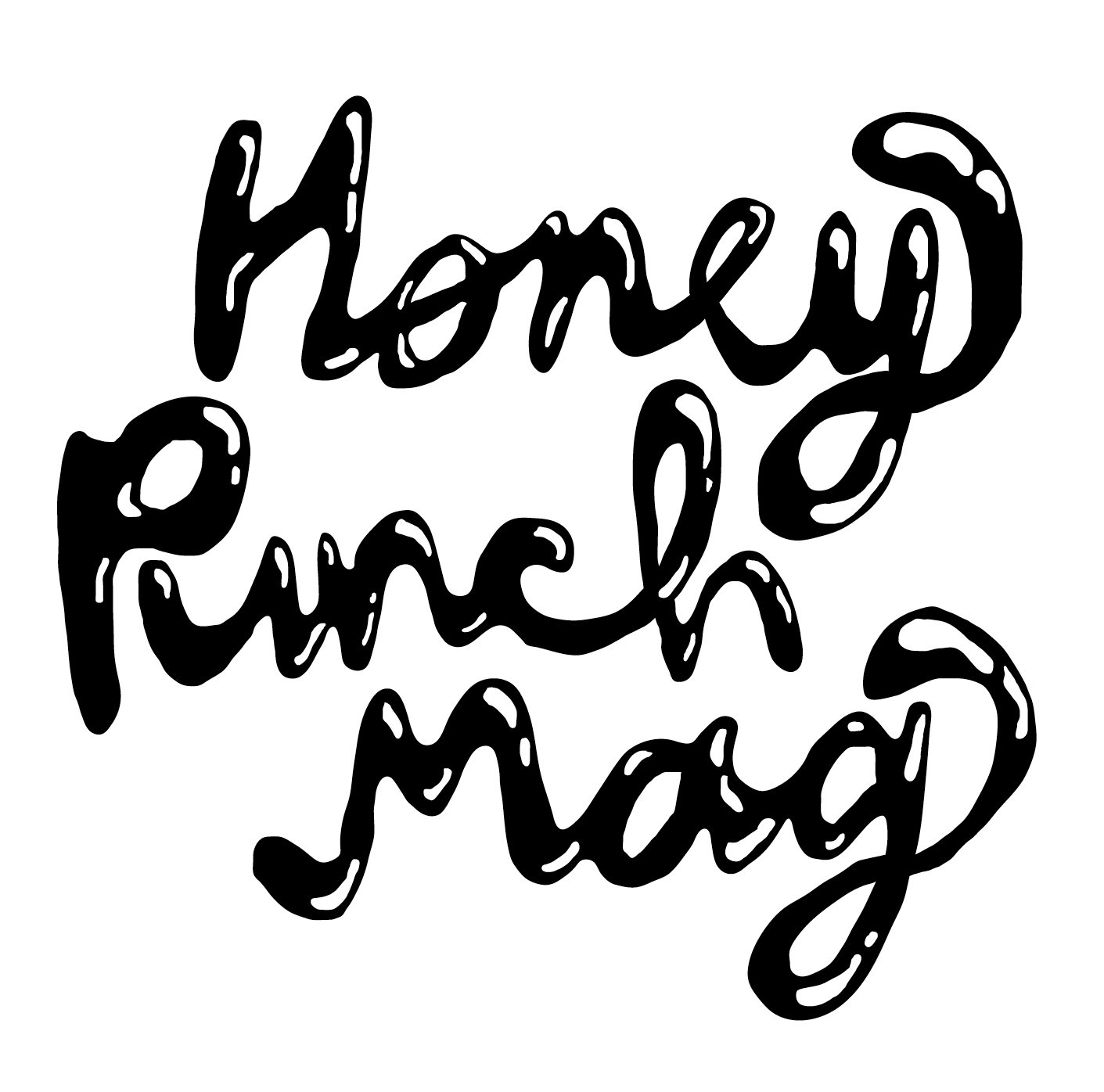Genre - bending
and the Pop Music Stigma
words by liz Lemerand +
art by Kendall Wisniewski
We as a society love labels and use them as a way to make sense of the world. Whether its labelling ourselves, strangers, or the things we enjoy the way in which we characterize something or someone can often have an influential effect on it’s perception. This happens viscerally in music in the form of genre placement. If you go on Apple Music or Spotify and tap on any artist’s single or album, there will be a little marker that reads: Country, Alternative, Pop, etc. There’s a slew of reasons why artists are marketed and positioned within certain categories. Not only is it important from a business standpoint with ad sales and marketing campaigns, but it provides somewhat of a fixed identity for an artist. In the last few years, however, there has been a shift in the way we perceive genres. While genre-bending is becoming increasingly common, specifically regarding pop elements, the stigma placed on pop music is still very much alive.
So what is genre-bending? It can be explained through my favorite example, The 1975. If you looked at the members of the band or their album artwork or even their song titles without hearing a single note they’ve produced, you’d probably consider them some sort of emo-punk or niche alternative group. They are exquisitely the opposite. They fit no mold. Their songs are an amalgamation of pop, rock, and R&B with some tracks borrowing more influence of one genre than the other. Two singles released back to back from their sophomore album, I Like It When You Sleep For You Are So Beautiful Yet So Unaware Of It, “Somebody Else” and “The Sound” while similar in terms of unique visuals, thought-provoking lyrics, and impressive production value are vastly different sonically. The former is synth-heavy and could pass as a modern day R&B fusion track while the latter is funky, yet poppy with a lustrous electric guitar solo that you can’t help but dance to. Frontman Matty Healy has no problems being labeled a pop band or expressing his appreciation for the genre telling Pitchfork, “‘I love pop music! I don’t make any apologies for that. And it doesn’t negate my intellect or integrity.”
Genre-bending has been commonplace the last few years in it’s simplest form on curated playlists created by streaming services. If you look at The A-List: Pop on Apple Music you’ll see The Chainsmokers, the epitome of radio-made pop, but you will also see Billie Eilish, whose dark, spooky aesthetic and haunting lyrics have been dominating the alternative music scene. An artist that can seamlessly merge elements of one or more genre’s is likely to appeal to a larger audience and offer a more unique sound than their peers. Billie has managed to sell out her entire North American tour months before her debut album When We All Fall Asleep, Where Do We Go?, a massive accomplishment for someone that presently has a very small catalogue available to be streamed.
The stigma against pop begins with claims that it all sounds the same and that it isn’t real music when multiple writers and producers are involved. There is a good amount of pop music that is garbage, but can’t that be said for any genre? Many creative industries celebrate collaborative work, but pop artists, specifically women, don’t seem to get the same recognition when they collab with others. Many pop writers and producers prefer to remain behind the scenes and instead lend their talents to superstars like Ariana Grande, Dua Lipa, and Miley Cyrus. For many there’s an embarrassment that comes along with openly embracing and loving pop music. It’s silly to discredit the talent and hard-work of others because a song is catchy and appeals to the masses.
As important as it is to recognize what went into an artists work, what’s more important is how it makes you feel. Listening to music should be cathartic and free of any judgement yourself or others have placed on you. That being said, today we are witnessing a well-diversified pop scene in the making that’s introducing audiences to fresh, exciting tracks that aren’t recycled. Ariana Grande has found widespread success with her two recent R&B infused albums, working with big names like Pharrell, Max Martin, and Tommy Brown. Kim Petras, a transgender singer-songwriter from Germany, is creating a name for herself with tongue and cheek, expansive, yet dynamic pop tracks with insane vocal range. We are seeing more pop stars get in the mix and contribute to writing, like Dua Lipa who co-wrote almost all of her self-titled debut album. The bottomline is that pop music, whether you like it or not, deserves more credit than it is given and even some of your favorite rock and alternative artists lean into the genre. It’s influence is global and at the end of the day a fun, catchy pop song with a good beat is something that can lift anyone’s spirits.
About the Writer
I'm Liz! I am 23, from Los Angeles, and love all things pop culture. I graduated from UCLA with a Bachelors in Communications and am currently seeking employment. I love to write about music, film, and anything else I find myself passionate about.
IG: @lizlemerand // Twitter: @lizlemerand

